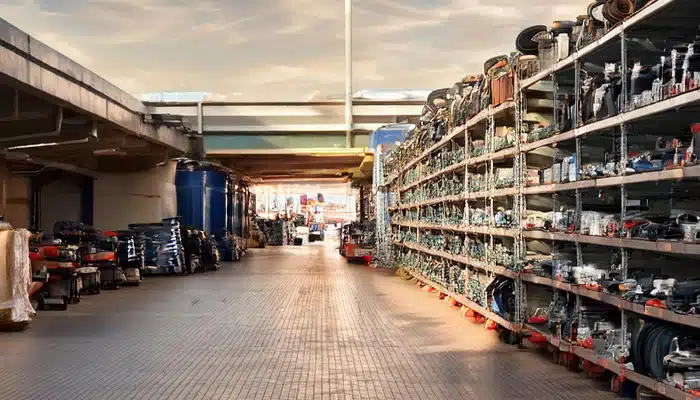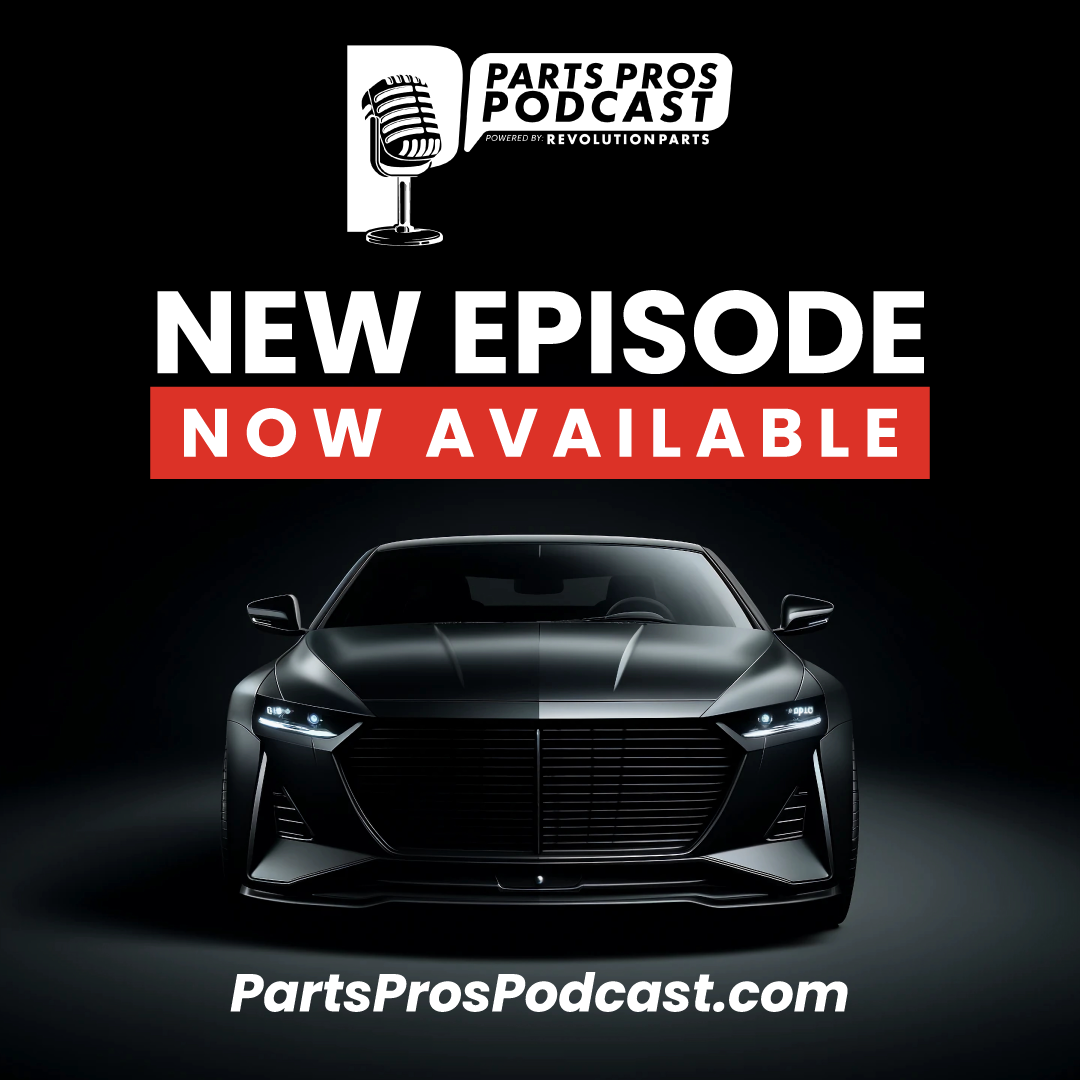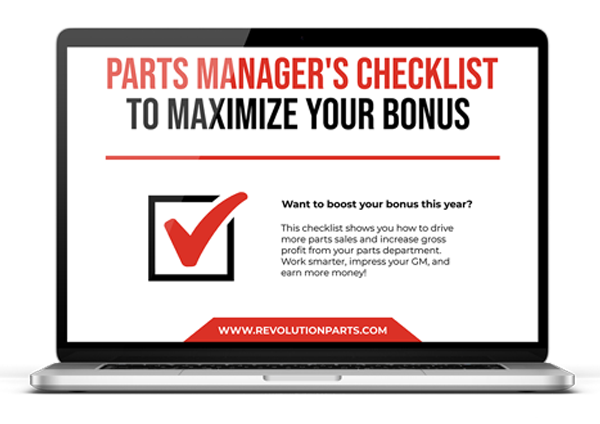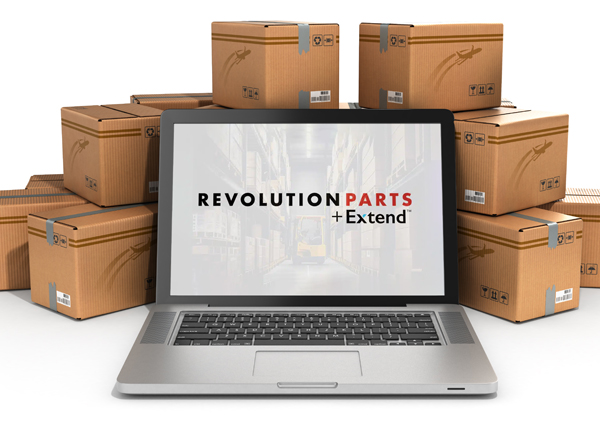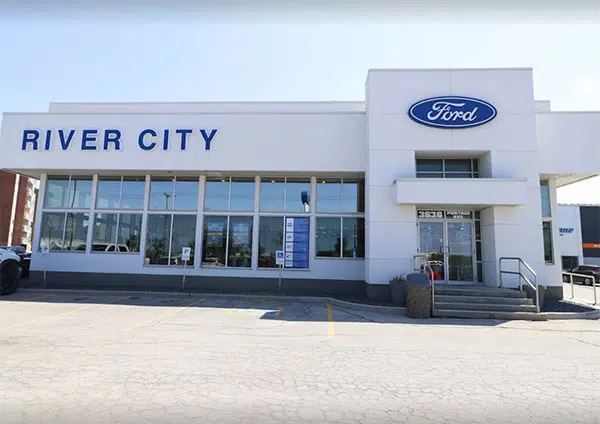Achieving 100% fixed absorption is a must for the long-term success of your dealership—especially in the midst of plummeting vehicle profitability and growing uncertainty around the future of service. However, this goal continues to be a significant challenge for many dealerships, as the average absorption rate for U.S. dealerships sits around 60%. The solution is hiding in plain sight: your parts department.
Parts departments in particular can create serious financial strain when managed inefficiently, leading to lost opportunities, increased costs, and decreased profitability. While sales departments have typically been viewed as the star of the dealership, the strongest armor protecting your dealership’s success is in the fixed ops department. But only if you have the tools and processes in place to reach your full revenue potential.
Let’s explore the hidden costs associated with dealership parts inefficiencies. Plus, we’ll share how modernizing your processes can boost your dealership’s profitability and customer satisfaction.
Finding Inefficiencies in the Parts Department
Operational inefficiencies have a snowball effect on dealership profitability. Here are some of the most common inefficiencies that dealerships face:

Poor Inventory Management = Lost Sales Opportunities
Effectively managing parts inventory is no walk in the park. A lack of real-time inventory management will lead to significant issues. Dealerships may overstock slow-moving parts while running out of high-demand ones. This leads to delayed service jobs, lost sales, and worse of all—losing customers to your competition.

Outdated Ordering Processes = High Obsolescence Costs
Manual or outdated ordering processes result in slow fulfillment times and errors in part identification. These inefficient inventory practices lead to high levels of obsolete stock. This leads to unhappy customers and creates a devastating burden on your dealership’s budget. When you’re dealing with the razor thin margins of the modern dealership, missteps like this really hurt.

Lack of eCommerce = Failure to Meet Customers Where They Are
Many parts departments still operate with traditional sales methods, limiting their customer base to walk-ins, phone orders, and service lanes. There’s no way around it—customers prefer to buy parts online, expecting an easy shopping experience that dealerships without eCommerce simply can’t deliver. If you don’t embrace eCommerce now, it will continue to result in more and more lost customers, eventually resulting in your dealership getting left behind.
In fact, according to our 2023 eCommerce Shopper Behavior Report, a total of 143.2 million unique users visited web stores powered by RevolutionParts in just one year, from March 2022 to March 2023. If you aren’t currently selling parts online, that’s a lot of customers to be missing out on…
The Vital Role of the Parts Department in Fixed Operations
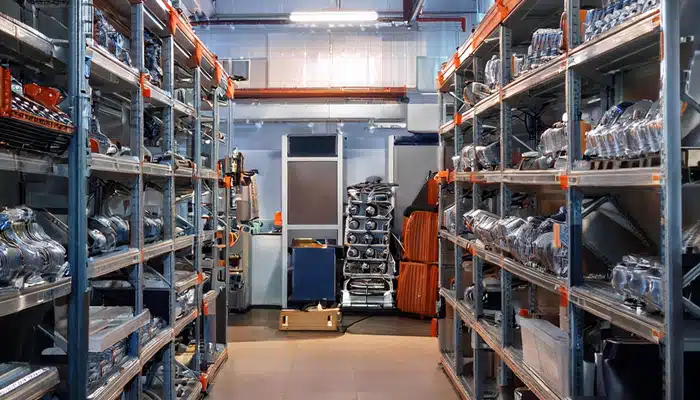
A well-managed parts department is key to the success of fixed operations. As Tully Williams famously said:
“Without great parts people, without great parts inventory there is no service department. HOURS are sold because of parts, parts sell HOURS.”
This quote highlights the symbiotic relationship between the parts and service departments. When parts are efficiently handled, service operations run smoothly, leading to increased revenue through additional labor hours.
Here’s how an efficient parts department can enhance service operations:
- Reduced service delays: Quick access to the right parts ensures that service jobs can be completed on time.
- Increased technician productivity: When technicians have the necessary parts available, they can focus on completing jobs rather than waiting on parts.
Boosted dealership profitability: By optimizing parts management, dealerships can sell more labor hours, contributing to higher fixed absorption rates.
Embracing Modern Automotive eCommerce Solutions
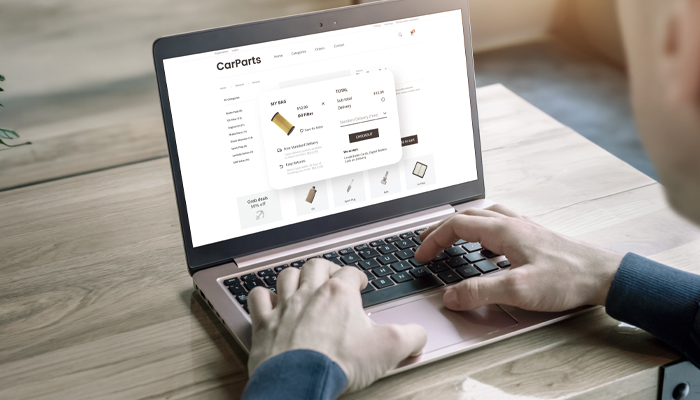
If you’re like 95% of U.S. dealerships, you know there’s no room for error, which highlights the need to maximize the revenue impact of every department in your store. One area with a typically underutilized power source is your parts department. To tap into your parts department’s revenue potential, adding an eCommerce channel is a must. Here’s why:
Reach a Larger Market
An eCommerce platform allows your dealership to reach customers far beyond your local market. Can any of your other departments do that on a daily basis? By selling parts online, you can tap into a national (and even global) customer base, increasing sales opportunities and supersizing your dealership’s footprint.
Streamline Inventory Management
With an eCommerce platform specifically designed for dealerships, you can access the best, most accurate and up-to-date brand catalogs available. This translates to real-time inventory management which means you can sell any part at any time. When you sell parts this way, you get paid before you actually have to purchase the part. That means no financial risk and no threat of the part becoming obsolete. It also improves accuracy in tracking sales trends by providing data insights.
Enhance your Customer Experience
There’s a huge DIY market out there that values genuine parts. And those customers expect fast, easy, and transparent online shopping experiences. eCommerce enables customers to browse available parts, check prices, and place orders from anywhere, at any time. It also simplifies order tracking and communication, improving customer satisfaction.
As online sales of automotive parts and accessories are expected to grow by nearly 50% between 2024 and 2030, embracing eCommerce has never been more of a must-do.
Success Stories That Speak Volumes

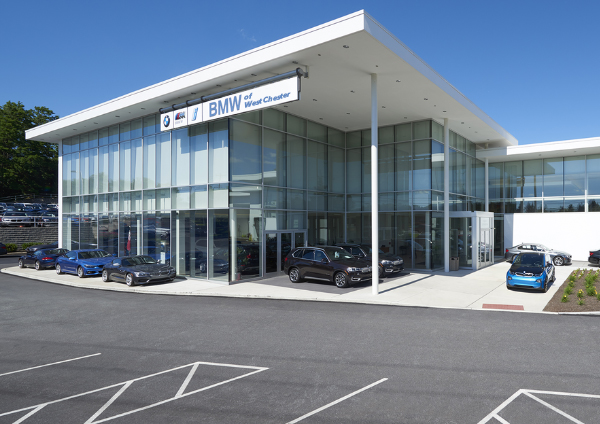
BMW of West Chester
BMW of West Chester saw huge success after integrating eCommerce into their parts department. They were able to clear out obsolete inventory and increase their parts sales, all while providing a better experience for their customers.
The dealership now reports nearly $200K in online parts sales every month. Their story is a perfect example of how eCommerce can transform a parts department from a cost center into a profit generator.
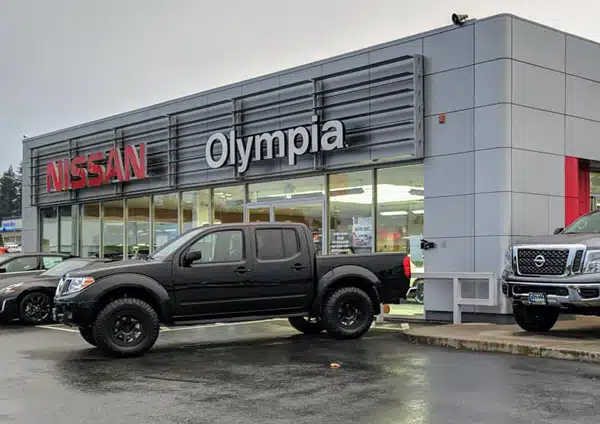
Olympia Nissan
Olympia Nissan’s parts department, once considered a quiet corner of the dealership, has transformed into a significant revenue generator by shifting to an eCommerce-focused strategy using RevolutionParts. This transition helped boost their absorption rate and grow their monthly online orders to 465, generating $67,275.39 in revenue with an average order value of $144.68. Over time, Olympia Nissan’s online efforts have yielded an impressive $7.3 million in revenue and $1.2 million in gross profit.
The key to this success was the dealership’s decision to move away from platforms like eBay and Amazon, opting instead to focus on building their own customized web store through RevolutionParts. The flexibility and ease of use of the platform allowed the dealership to streamline its parts operations and tap into broader markets.

Modern INFINITI of Winston-Salem
Modern INFINITI’s transition to online parts sales through RevolutionParts has been a seamless and highly successful experience. Selling online helped the dealership clear aging and obsolete parts quickly, while leveraging manufacturer-backed promotions boosted traffic and visibility. Flexible shipping options further increased profitability, allowing them to choose cost-effective methods that align with their goals.
In just 30 days, Modern INFINITI’s online store achieved impressive results: 260 orders, over $111K in sales, and a gross profit of $6,367. Even with competitive online pricing, they outpaced their wholesale department’s performance. By opening the store to everyday consumers, not just repair shops, Modern INFINITI expanded their customer base, increased traffic, and improved customer satisfaction.
Leveraging Data and Digital Tools for Better Decision-Making

To improve efficiency and profitability, dealerships should look to digital tools and data-driven decision making. Real-time data allows parts managers to track key performance metrics, make informed decisions, and continuously optimize operations. Here are some key metrics your parts department should be tracking:
- Inventory Turnover Rate: How often your inventory is sold and replaced over a certain period. A higher turnover rate suggests efficient inventory management.
- Obsolescence Percentage: The percentage of your inventory that consists of obsolete parts. A high obsolescence rate indicates poor inventory management practices and wasted resources.
- Fill Rate: How often the parts department can fill customer or service department orders without delays. A low fill rate indicates dealership parts inefficiencies in inventory management.
- Gross Profit Margin: The percentage of revenue that exceeds the cost of goods sold. A healthy gross profit margin indicates that the dealership is maintaining profitable pricing strategies and managing costs effectively. Monitoring this helps ensure that while parts are competitively priced, the dealership is still making a sufficient profit.
- Average Order Value (AOV): The average dollar amount spent each time a customer places an order. Increasing AOV can be a sign of effective upselling and cross-selling strategies, such as offering complementary products or bundling parts.
- Backorder Rate: How often the dealership’s parts are on backorder. A high backorder rate can lead to customer dissatisfaction and lost sales. By closely monitoring this metric, parts departments can work toward optimizing stock levels and ensuring timely fulfillment.
- Customer Satisfaction Score (CSAT): This metric gauges customer satisfaction with their purchasing experience. Whether it’s based on timely delivery, the accuracy of orders, or the quality of customer service, tracking CSAT is crucial for building customer loyalty and ensuring repeat business in the competitive auto parts market.
Digital Tools for Parts Department Optimization
Inventory Management Systems:
These systems provide real-time insights into inventory levels, helping reduce the likelihood of overstocking or running out of parts.
Automated Pricing Tools:
Automating pricing adjustments based on demand and availability ensures that parts are competitively priced while maintaining profitability.
Customer Relationship Management (CRM) Platforms:
CRMs can track customer interactions and help streamline the order process.
Streamline Your Parts Operations & Boost Dealership Profitability

Dealership parts inefficiencies carry hidden costs that can quietly erode your dealership’s profitability. From lost sales and outdated inventory to customer dissatisfaction, the risks of an inefficient parts operation are significant. However, by adopting modern automotive eCommerce solutions, dealerships can transform their parts department into a powerful driver of revenue and customer loyalty.
If you fail to modernize, your dealership will continue to face unnecessary financial strain. Meanwhile, those that embrace eCommerce and optimized processes will thrive. RevolutionParts is here to help you make that transformation. Streamline your parts operations, boost dealership profitability, and ensure your long-term success by exploring the modern automotive eCommerce solutions we have to offer.

